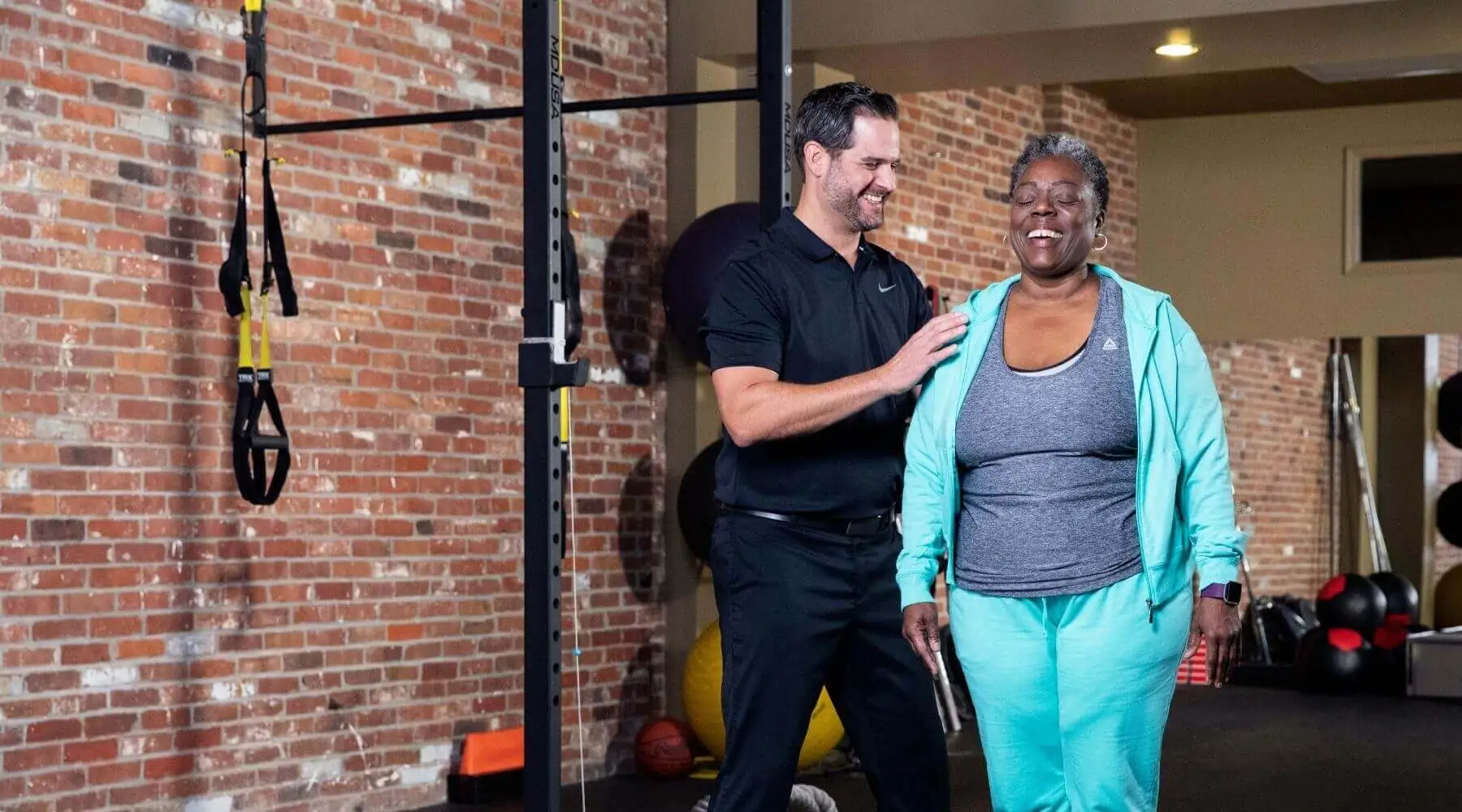Lymphedema
Our Lymphedema treatment program combines several forms of treatment to treat and manage Lymphedema.
What is Lymphedema?
Lymphedema is an abnormal accumulation of lymph fluid between the skin and muscles of the body after the lymphatic system has been damaged. The accumulation of lymph fluid in the affected area causes swelling.
Causes of Lymphedema
Injury, scarring, radiation or excision of lymph nodes, repeated infections or paralysis with dependent limb position.
Symptoms of Lymphedema
Lymphedema causes swelling with a feeling of heaviness and tightness, usually in the arm or leg. In most cases, only one arm or leg is affected. Swelling in the leg usually begins in the foot and then moves up to the ankle and knee.
- Dull ache in affected limb
- Feeling of tightness in the skin
- Difficulty moving a limb, bending at the joint because of swelling and tightness
- Pitting – small indentation left on the skin after pressure is applied
- Shoes, rings, or watches suddenly fit too tightly
Complete Decongestive Therapy
Complete Decongestive Therapy (CDT) consists of three components of treatment for lymphedema, including; manual lymph drainage (MLD), compression therapy, and exercise. All components are integral parts of a lymphedema treatment program.
Manual Lymph Drainage
Manual Lymph Drainage (MLD) is a gentle manual treatment, which improves the activity and function of the lymph vessels. MLD helps re-route the lymph flow around the blocked areas into more centrally located lymph vessels that drain into the venous system.
Compression Therapy
Compression Therapy increases the tissue pressure and is applied between treatments to prevent the re-accumulation of lymph fluid. In the first stage of treatment, multi-layered short stretch bandages are applied to the affected area. In phase two, compression garments are used. If appropriate, your therapist may measure you for a custom compression garment.
Exercise
Decongestive exercises performed by the patient while wearing a compression garment aid in the pumping of the lymph. This will lead to further reduction of the swelling. Abdominal breathing exercises also help return the lymph fluid to the venous system.
Insurance Coverage
Insurance companies do reimburse for treatment for lymphedema from complications resulting from cancer surgeries; however, Medicare does not cover custom compression wraps.
Education
Patients are instructed in skin care, massage, bandaging and gentle exercises in order to continue their treatment for lymphedema at home.
To find out which locations offer this treatments, please visit our locations page.

